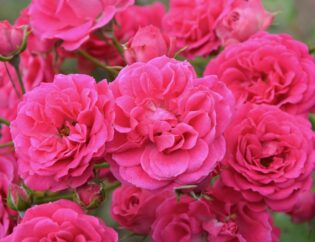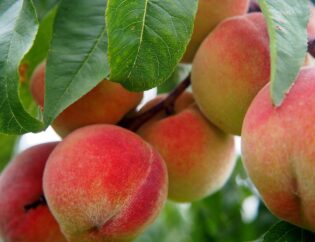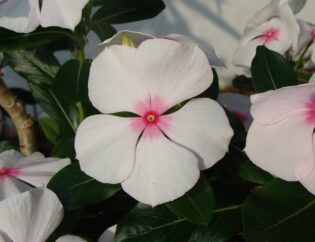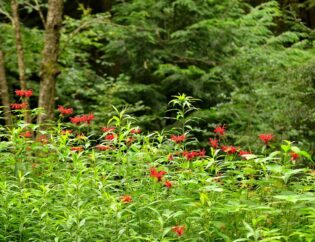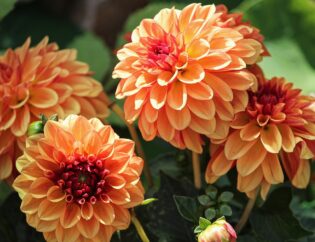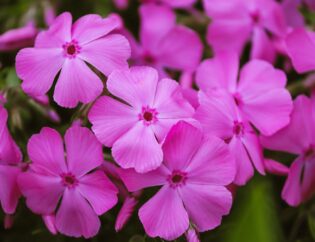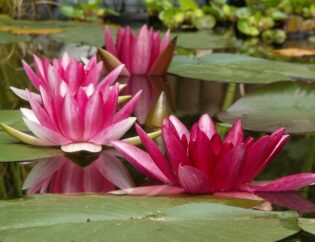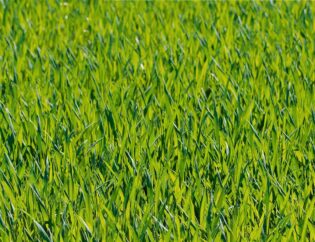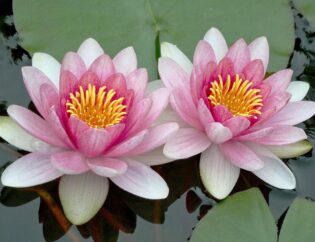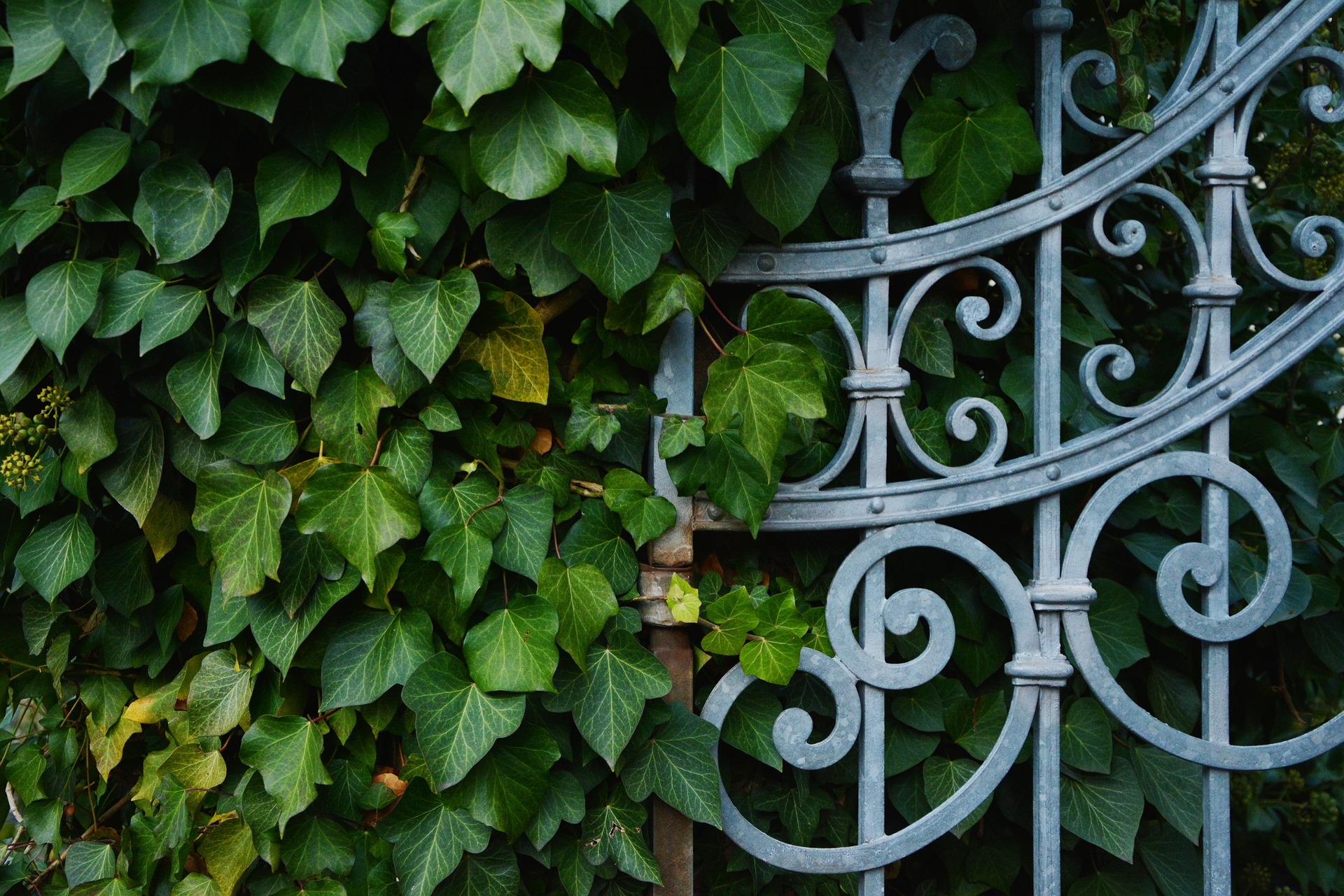
How many people are happy with a long, boring fence line? With so many ways to spruce up the landscaping along fences (and other awkward spaces) there is no need for a tired, weedy border.
From hiding an unsightly fence to accentuating a dramatic one, homeowners can use landscaping for a variety of purposes. Check out our top ideas here!
Vining Perennials
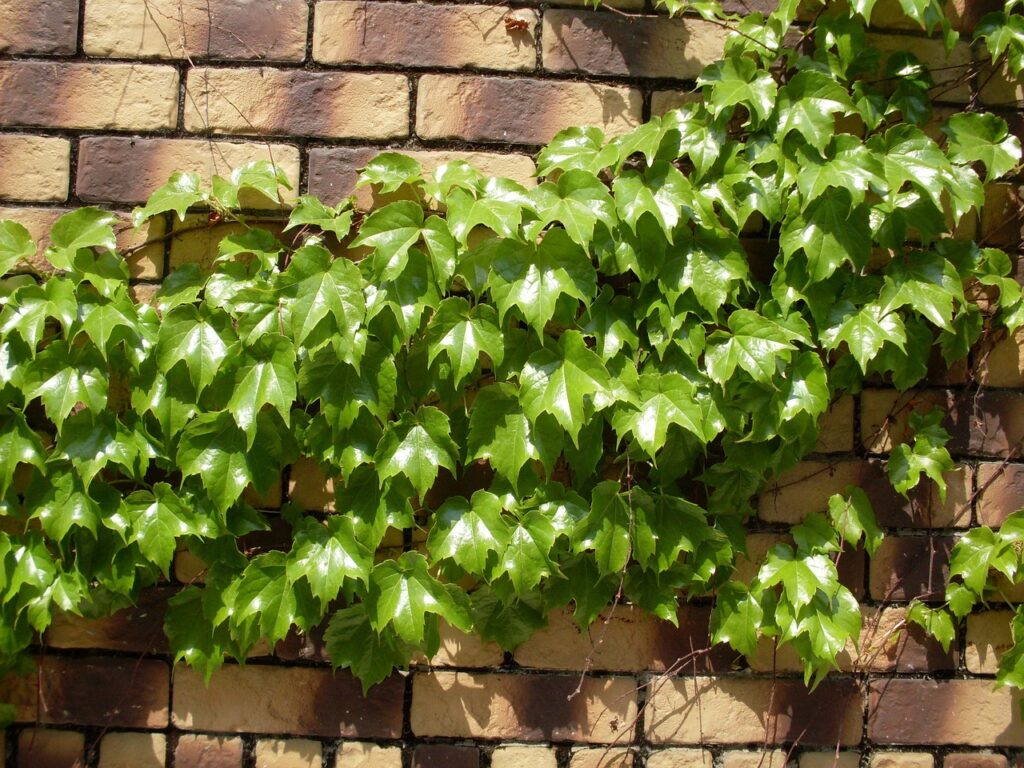
This is a lovely idea for landscaping along fences made of chain link. The bright blooms and greenery dress up an otherwise industrial security fence and add a layer of privacy to chain link fences. Additionally, fast-growing, flowering vines can quickly add a lived-in quality to a privacy fence. Some varieties even work for low maintenance landscaping.
This isn’t the best planting idea for a wood fence as necessary maintenance will require removing the plants. Vines over wooden fence planks can also hold moisture against the boards and accelerate decay. Finally, wood fences may not be designed to carry the weight of plants, leading to damage over time.
Container Plants
Adding decorative touches with plants and flowers in containers is an easy way to dress up any fence. Use freestanding containers or built-in planters attached to a wooden fence. Regardless of how the plants are positioned, the effect is beautiful and planters can be reused year after year.
When planting a container, try to remember the basics of spiller, filler, and thriller. Basically, a well-balanced plant grouping will have interesting vines trailing out of the pot towards the ground, fullness in the center of the arrangement, and a focal point rising above to add height.
Espaliered Fruit Trees and Vines
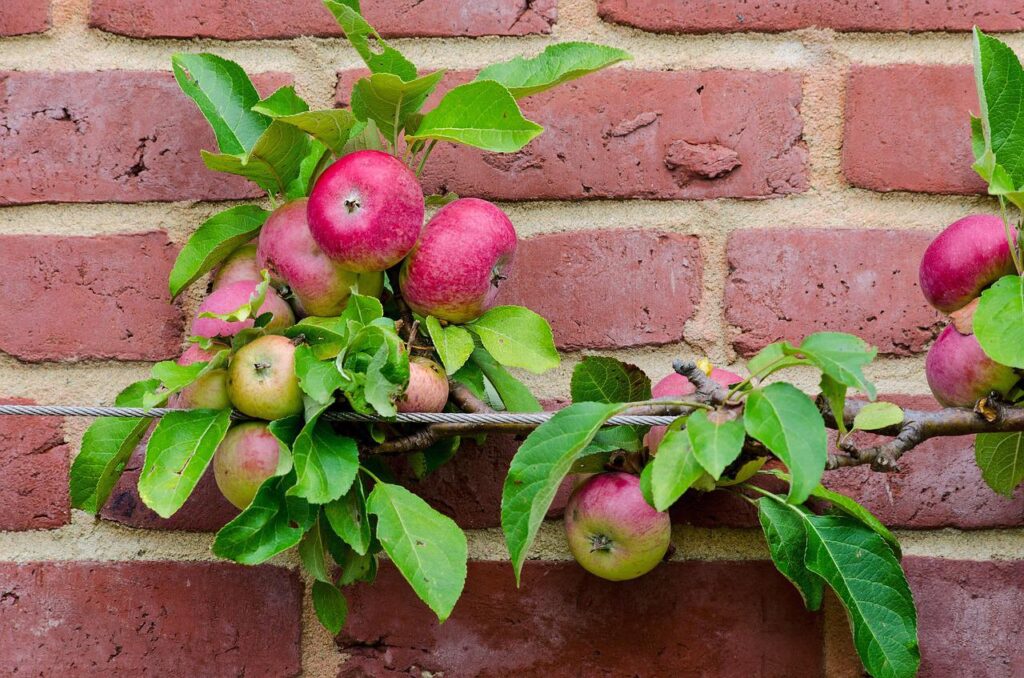
This method requires some time, but the results are well worth the wait. Plant fruit trees or vines right next to the fence. Set up supports and train the branches to grow out horizontally. Usually the process takes several seasons, but mature plants are also available already espaliered.
With this method, homeowners enjoy not only an intriguing display but also low-hanging fruit that is easy to harvest (if using fruit trees). Conveniently, apple and pear trees (that are popular anyway) tend to work well in espaliered gardens.
Layers of Plants
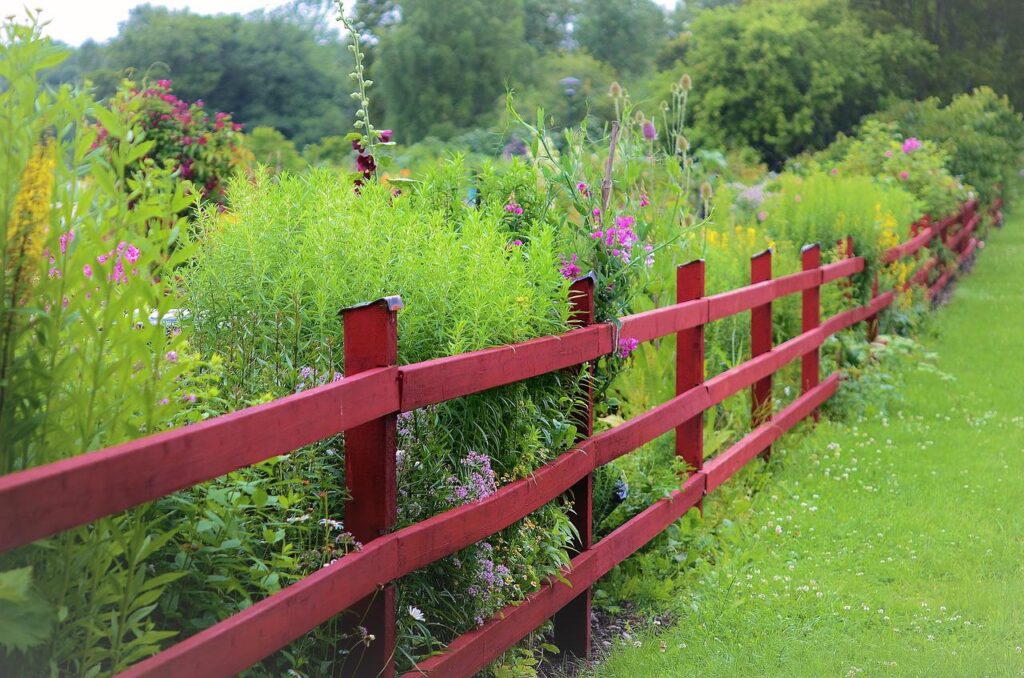
For a fence with ample space, have fun planting a fence line flower bed as the landscaping along the fence. Get creative with complimentary colors and textures for maximum visual delight. Mulch is a great finishing touch on any landscape design and is the perfect ground cover for flower beds.
Don’t forget to place shorter plants in the front and taller ones in the back. Much like a family lined up for a photo, the goal is to see everyone.
Continuing with height importance, keep overall vegetation height low if the fence is meant to be seen. On the other hand, make sure to choose taller plants if the goal is concealing the fence.
Herb and Vegetable Gardens
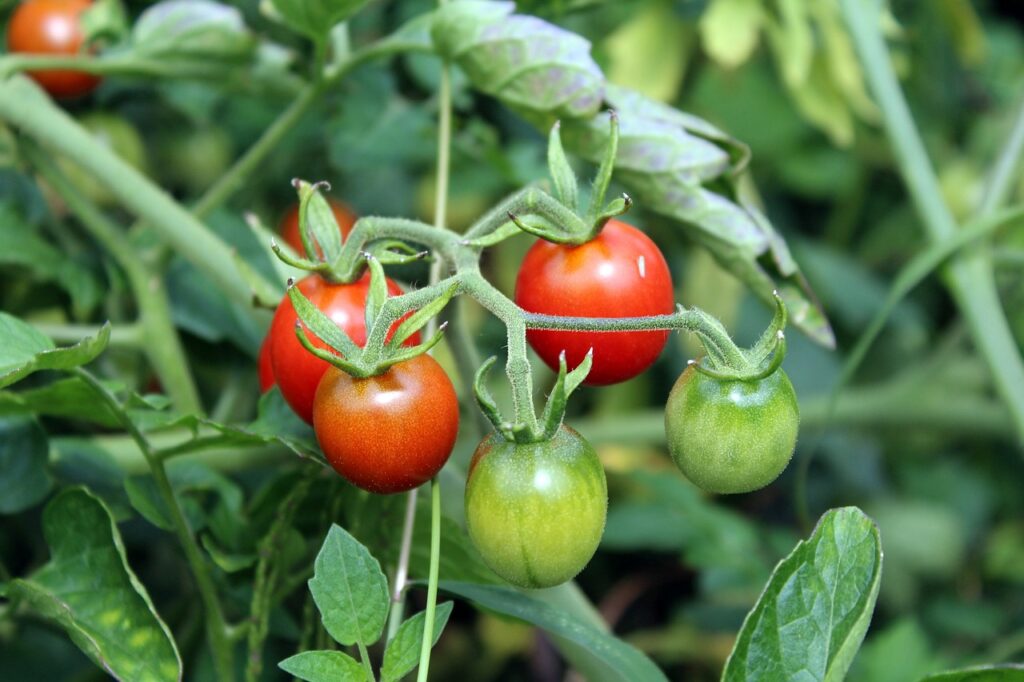
Running out of space for the kitchen garden? Break ground right next to the fence! Vegetables that grow on vines like green beans, snap peas, or cucumbers need support anyway. Why not use the fence?
Most vegetable vines will require more support than a fence alone. Fortunately, installing a trellis or using wire is not difficult. Place vining and tall plants closest to the fence and then grow rows of short, fragrant herbs in the front of the garden bed.
Privacy Hedges
What if the fence isn’t high enough to provide adequate privacy? Opt for tall perennial shrubs and narrow trees that will grow up and fill the space. Make sure to choose evergreen shrub options like arborvitae that will stay green and full year-round. Deciduous plants like dogwoods will drop leaves in the winter, which undermines the purpose of a privacy hedge.
Side Yard Shout Out
Poor side yards often get ignored. Or worse, they become the place to store things that don’t have a home. Unfortunately, gazing out the window at a pile of junk is unpleasant. Likewise, wading through a jungle of weeds just to get to the backyard isn’t fun.
Because side yards are often narrow, it’s great to landscape along the fence and leave a path between the house and the property line. Some ideas for landscaping include stepping stone paths, native plant gardens, miniature herb and vegetable gardens, and play areas for children.
Just because side yards are narrow doesn’t mean growing plants is impossible. Small trees, shade tolerant ornamental grasses, and some hydrangeas are all options for greening up a small outdoor space. Pavers and other hardscape additions give the side yard a polished, finished appearance.
Awkward Corners
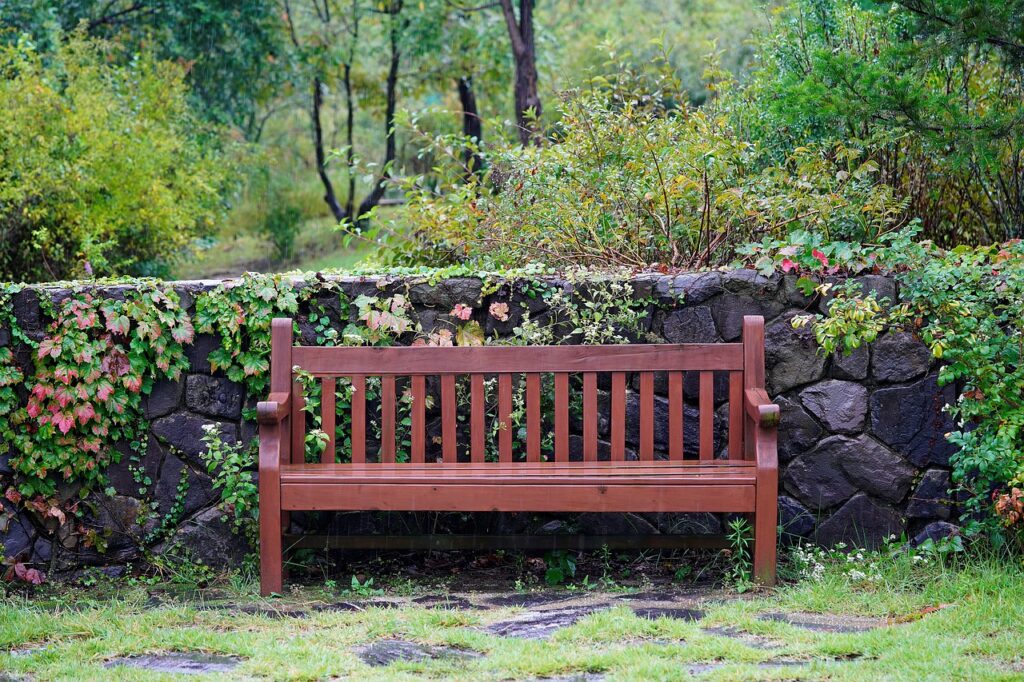
What’s the best way to landscape the corner where two fence lines meet? Often there’s an awkward space that seems difficult to fill.
Make the space interesting with perennial plantings or take advantage of the space with a patio for entertaining. The upside to an entertaining space in a corner is that there is already a windbreak.
Sidewalk Planters
Another awkward spot lies between the curb and the sidewalk. To keep the maintenance down, consider installing a simple succulent garden, low-maintenance perennials, decorative gravel, or a miniature landscape with native plants. Regardless of what is planted, ensure that plants will not get in the way of pedestrians.
Consider Size at Maturity
How will the garden grow? Avoid placing plants where they will be overcrowded or in the way once they mature. Partially blocked walkways are really a pain when someone tries to traverse them with a baby stroller or wheelchair. And an overgrown planter will look messy and neglected.
Avoid Sharp Thorns Near Walkways
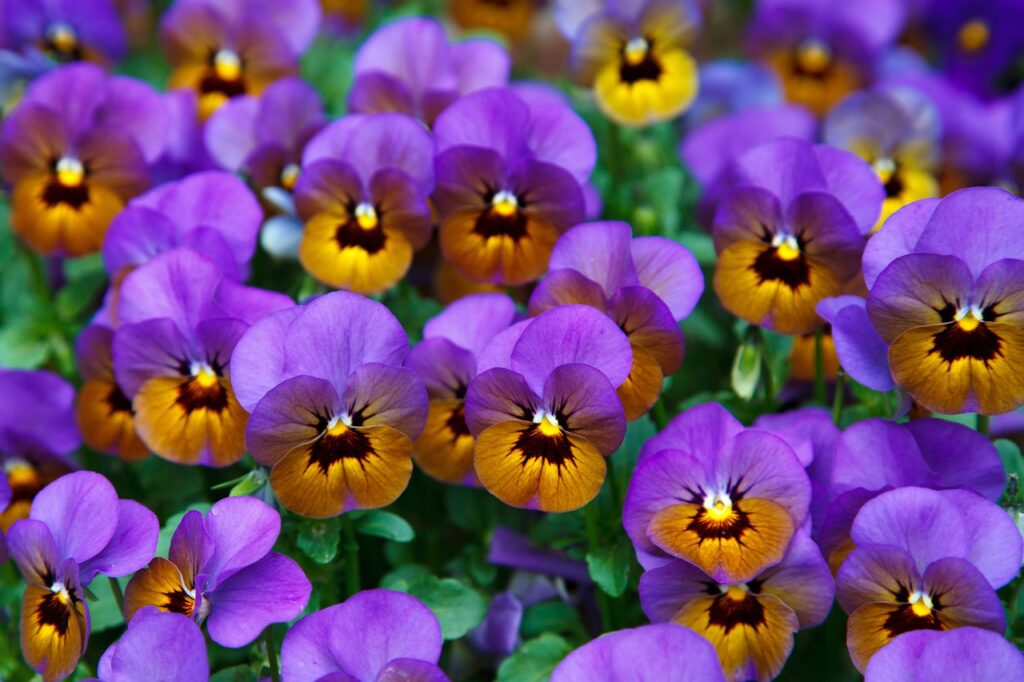
In the same vein, no one wants to be attacked by plants as they walk past. Climbing roses and Bougainvillea are gorgeous choices when landscaping along fences, but their thorns pack quite an unwelcome punch. Avoid planting thorny plants too close to a sidewalk or high traffic area.
Got a Project in Mind?
Here at Atlanta Turf & Tree, we take immense pride in building beautiful, lasting landscapes that double as living art. We have over 35 years of combined experience in the industry and understand the challenges unique to Georgia landscapes. Contact our landscaping services experts to get going on your project!
